To start things off here on a personal note: back when I first moved to New York, red Village Voice newspaper boxes littered the streets of the city. The free alt-weekly was a must-pick-up, and while I would read it cover to cover, the first thing I would flip to was Ruben Bolling’s iconic comic strip, Tom the Dancing Bug.
Years later, the Village Voice — and those red boxes — are long gone, but Tom the Dancing Bug endures thanks to a healthy online presence, as well as the just-launched Kickstarter for the strips, which collects Bolling’s work from 1990 to 1998. It’s a fantastic look back at an era that just doesn’t exist anymore… But to find out more about the legacy of alt-weeklies like The Village Voice, as well as what Bolling thinks about revisiting his work now, read on.
Comic Book Club: I used to read Tom the Dancing Bug religiously in the Village Voice… What did we lose when these readily available alt-weeklies started going under? Or has the wider availability of online comics supplanted that?
Ruben Bolling: What a great question. I’m going to take my time to answer it.
I guess the shift in newspaper comics is the shift in journalism and media in microcosm. It’s great that there are now almost infinite outlets on the web to get comics, and there is a more meritocratic, democratic path to cartooning success than convincing a handful of editors to buy your comic. But there was something good about the limited means of distribution, because such a broad range of readers would see the comics.
When my comic was, say, in The Village Voice, one of the hundreds of newspapers that used to carry Tom the Dancing Bug, it could be read by an 18-year-old who picked up the paper to find out about music shows that night, or a 47-year-old nurse who wanted something to read on the subway home, or 62-year-old banker who liked the arts reviews.
By many measures, Tom the Dancing Bug is more successful now on the web than it was when it was in newspapers. Including, I’m fairly sure, more eyeballs on it. And I’m delighted with that. But those eyeballs are more spread out in the country and the world, so it doesn’t have as big an impact in the certain cities (like my own New York) in which it was published. More importantly, I think the comic is now only read by people who seek it out, and who may be more homogeneous. It’s a large but relatively narrow band of like-minded people.
And while that’s not ideal for my comic strip, I can certainly live with that. But this shift in the larger media and news landscape is a disaster, because everyone is in their own media silos being told what they want to hear, and we end up with balkanized views of the world.
Keeping on this, what is the function of political cartoons in 2025? Tom the Dancing Bug specifically, of course, but in general, as well?
I’ve always seen the function of Tom the Dancing Bug as to entertain and interest the reader. Political humor and political commentary is just one of the ways I do that… although admittedly that aspect been dominating the strip in recent years.
You’ve also very much embraced comic book history throughout, from the Fantastic Four-inspired cover to the first Kickstarter collection on… How do you think comics as a form have evolved over time? Or have they not?
As a child of the ’60s and mostly ’70s, my references are solidly Silver and Bronze aged. And I grew up loving 4-panel newspaper comic strips (like Peanuts and Doonesbury), which is all but a defunct artform. Comics today, whether web humor comics or floppies or graphic novels, are a lot grittier and more sophisticated, and I enjoy them, but for my parodies and satires, I keep going back to the brighter, simpler times. I find the juxtaposition of these earlier, more innocent forms of comics to today’s cynical and dark times to be very effective.
Jumping back in time, the new Kickstarter is collecting your work in four or five-year chunks – what was it like looking back at these older cartoons?
The comic strip was a lot sillier and absurdist in those early years, and I’m surprised at how ridiculous a concept I would devote an entire comic strip to. But at the same time, they are more audacious, philosophical, and in some ways ambitious. I may figure out an interesting way to satirize something urgently important today, like the ICE abductions, but in the ’90s I was coming up with the weirdest and funniest ways I could comment on things like natural selection, and the nature of human morality.
When you were making them, I’m sure the goal wasn’t to, 30 years down the road, collect them in prestige trade paperbacks (or maybe it was, I don’t know)… How do you make sure pointed comics responding to current events stand the test of time?
I’m always just trying to entertain my readers that particular week, giving no thought to posterity at all. And as I’ve gotten more political and topical in recent years, I’m sure many of my newer comics may not stand the test of time. But thankfully, my ’90s work that will be in these two latest volumes was almost never political, and when it was, I usually was writing about large issues, not particular politicians or events. If any of the ’90s stuff is dated, it will be because of a few ’90s pop culture references, like when Charley the Australopithecine talks about watching an episode of Full House.
Does looking back on these cartoons from three decades ago make you evaluate your current approach at all?
Yes, I’ve certainly gotten more professional over the years, but I’d love go back to swinging for the fences more often.
What can folks expect from the Kickstarter, beyond the books?
Clover Press has said that a sticker set and t-shirts will play a part in the Kickstarter, but I’m especially excited about a little project I’m putting together for it that I can’t talk about yet. (Stay tuned!)
Tom the Dancing Bug is on Kickstarter now.
Comic Book Club Live Info:
Discover more from Comic Book Club
Subscribe to get the latest posts sent to your email.
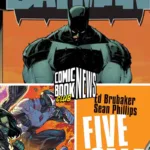



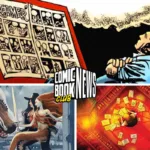

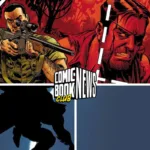
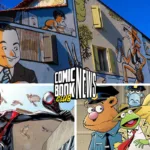

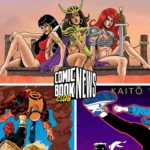
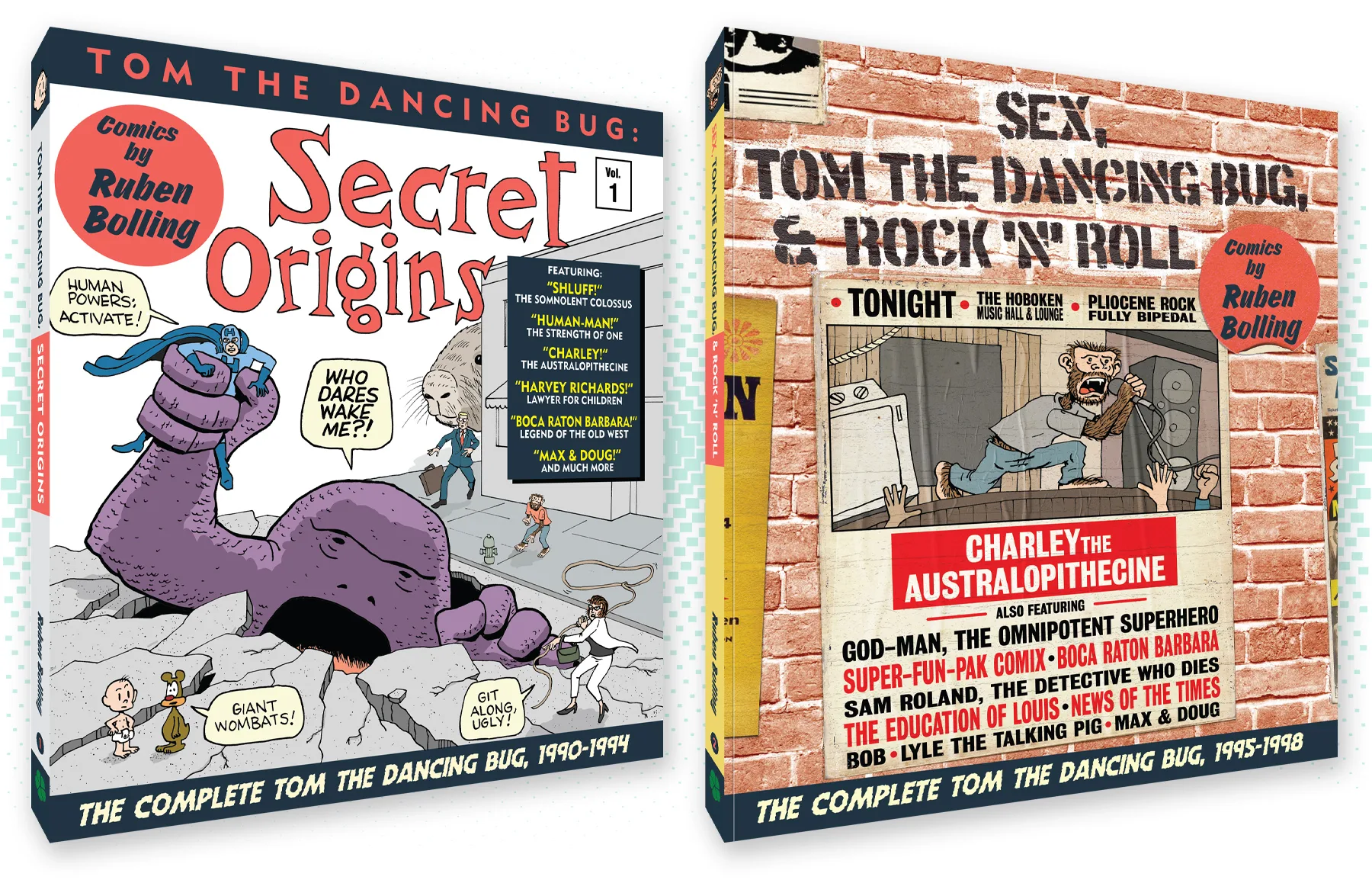
One thought on “‘Tom The Dancing Bug’ Creator Ruben Bolling On His New Kickstarter Collections, And The Legacy Of Alt-Weeklies”